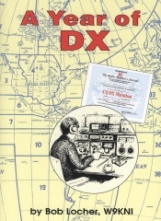
Today was a real adventure on the airwaves. I only made 12 contacts, but there were a few that are quite memorable. My location here in South Korea affords me the ability to make contact with exotic locations even with my modest Buddipole antenna. The first contact wasn’t actually a contact – tuning around 20M, I stumbled across 9W6HLM and 9W6BOB operating from Borneo (yes, 9W6BOB is Borneo Bob… how cool is that?). Both stations were on the air, leisurely trolling for contacts… although they couldn’t hear me. I was able to hear them work Denis, WA5TYJ, in New Mexico. Fortunately, the noise level for me was very low and I could just hear Denis.
The next two contacts were with JA’s – a completely unremarkable accomplishment from the QTH here in HL-land. However, they were made using my newly basedlined Linux Ubuntu hamputer using CQRLOG, Fldigi, and Flrig. Again, an unremarkable accomplishment on the face of it… until you hear about my trials and tribulations of getting it working.
Then I worked ZS6CCY, a South African station, on 20M phone! That was pretty exciting. I switched to Fldigi to give PSK31 a try and was able to work a few Russian stations. Then booming down the waterfall came Kim, HL2DYS. I had yet to work another station here in South Korea… but I had to be patient. Kim was working the South Pacific and Europe. When there was a hole, a jumped in and we had a great QSO. Hopefully I will be able to meet Kim soon for an eyeball QSO.
There was a major JA phone contest underway, so I decided to head up to 17M and see if I could scare up another phone contact. While spinning and grinning I fell upon V73RS… Rob on the Kwajalein Atoll in the Republic of the Marshall Islands. Wow!! He was just above the noise level and I was his first contact before the spotters got him and the pile-up hit. Rob stuck with me, which is saying something. First – because my callsign here is HL2/AD7MI…. which is horrendously difficult to pass across less than desirable band conditions. Second – Rob wanted the name of my city, which is Uijeongbu (I spell: Uniform India Juliet Echo Oscar November Golf Bravo Uniform). It is quite a mouthful. The pileup kept building, but Rob stayed with the QSO and told me he was there on Kwajalein and that I should look for him on 10M, as conditions generally more favorable for a 2-way exchange.
Back to 20M where I worked another Russian station. Then I snagged JT1DN, a station for Ulaanbaatar, Mongolia. It is hard to get more exotic than Ulaanbaatar. Mongolia is not actually far from Korea, but it was my first contact ever with the country and I won’t soon forget it.
Maintaining the exotic theme – my next contact was with YC9ETJ – Bali Island, Indonesia. Agung had quite a pile up and I was glad to get picked up by him.
Sunset and the grayline approached and I was successful in working Poland and Norway. All in all – I was quite excited with the contacts for the day.
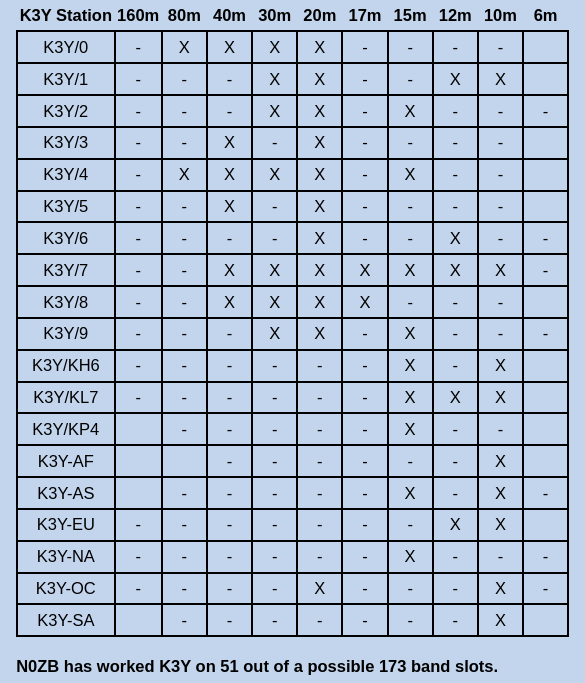
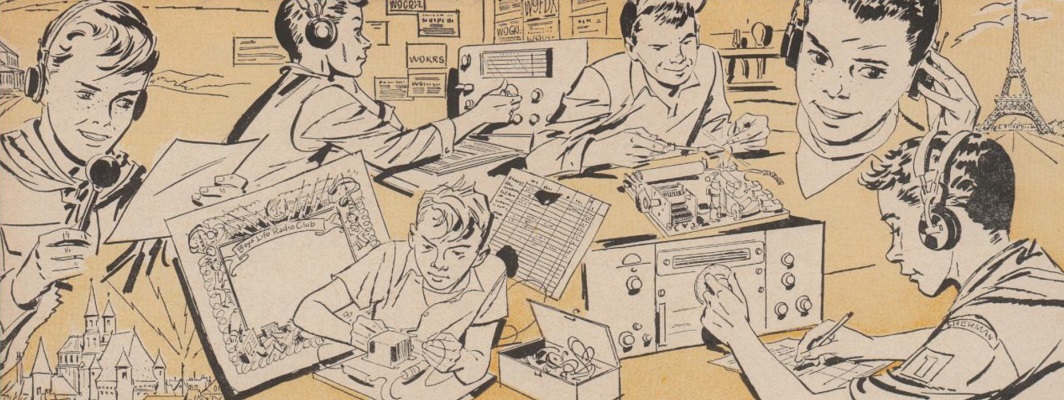
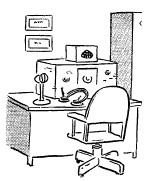 Over winter break I have been putting in a lot of time behind the radio. Here’s the wrap up:
Over winter break I have been putting in a lot of time behind the radio. Here’s the wrap up: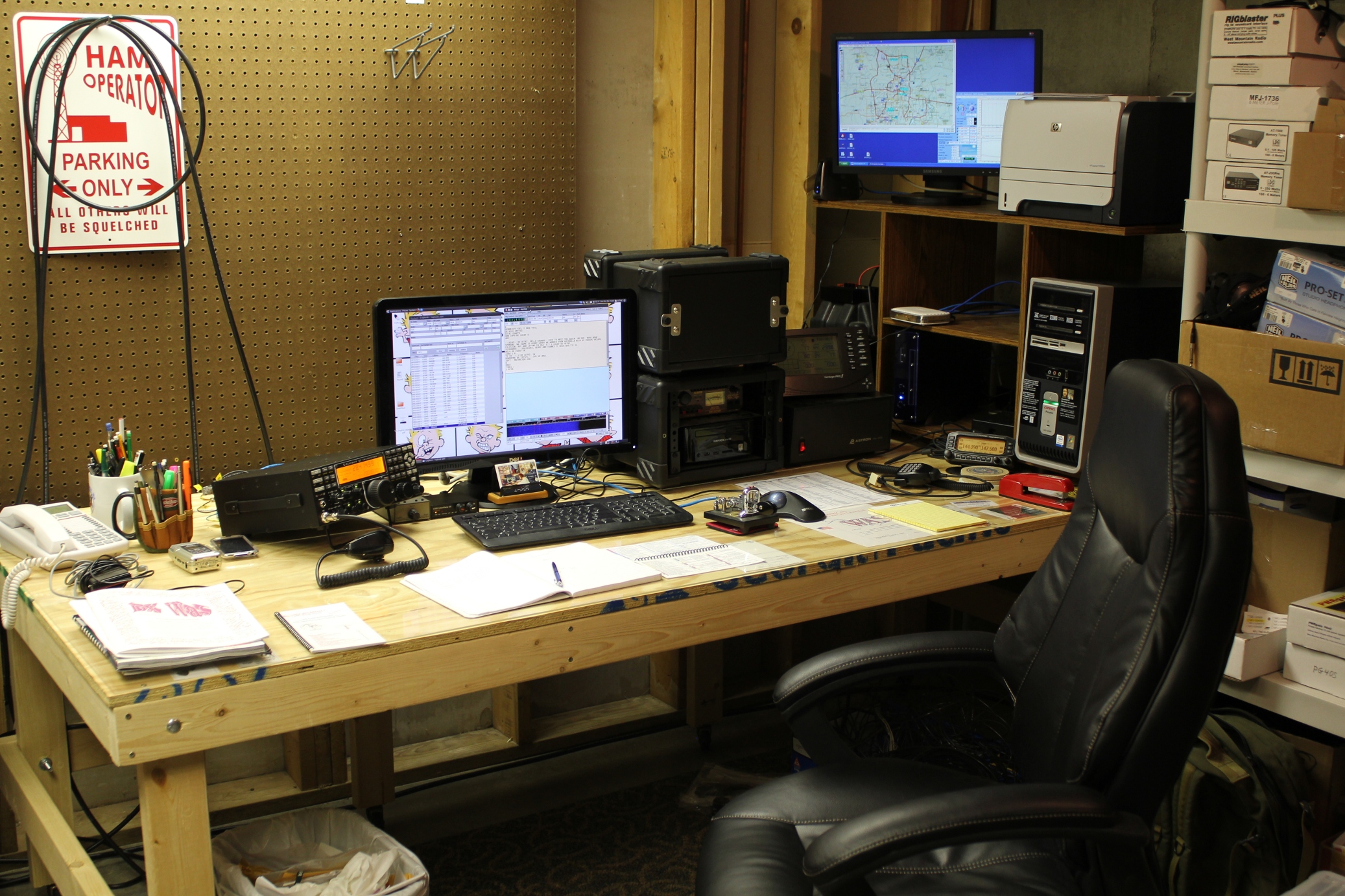







 Last week was busy – I spent the whole time down in Seoul attending meeting after meeting with my evenings spent on a bunk bed in a communal room (trying to save a little cash for Uncle Sam). The week was productive, but tiring. The main US military garrison in Seoul,
Last week was busy – I spent the whole time down in Seoul attending meeting after meeting with my evenings spent on a bunk bed in a communal room (trying to save a little cash for Uncle Sam). The week was productive, but tiring. The main US military garrison in Seoul,  However, by Saturday morning I was still tired and unmotivated to put up my Buddipole… despite the lure of the 10M contest. I did have a QSO with my dad via EchoLink. He used an app on his Android cell phone and connected through my EchoIRLP node (EchoLink Node #496698 and IRLP Node #3370). My friend brought by some freshly made
However, by Saturday morning I was still tired and unmotivated to put up my Buddipole… despite the lure of the 10M contest. I did have a QSO with my dad via EchoLink. He used an app on his Android cell phone and connected through my EchoIRLP node (EchoLink Node #496698 and IRLP Node #3370). My friend brought by some freshly made 

